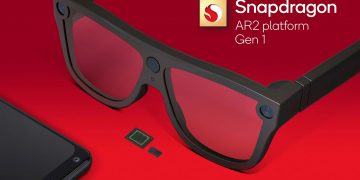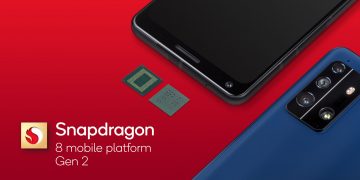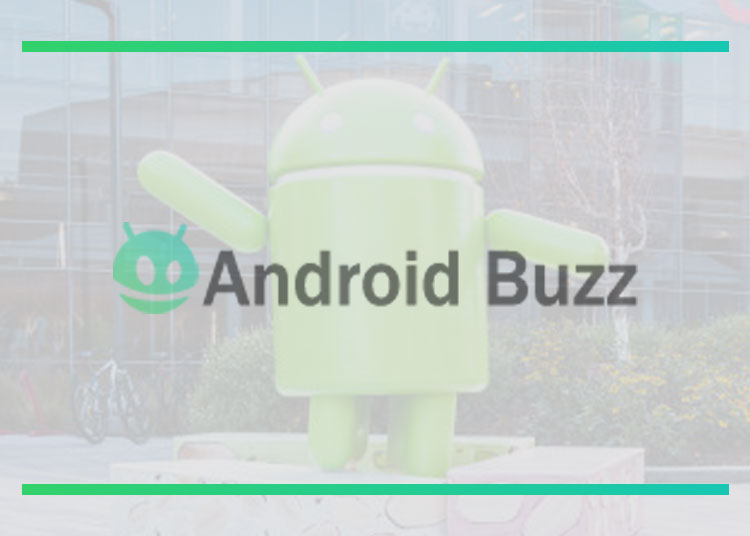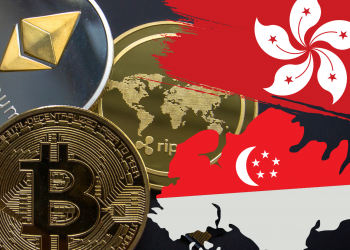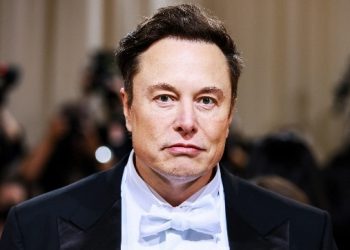There are now two Blaire Erskines on Twitter. One is a popular comedian with a photo of a cat and a check mark next to her name saying she is “verified.”
The other Blaire Erskine has a photo of a cat and a check mark saying she’s “verified.” But this one is actually me.
Elon Musk’s much hyped $7.99-per-month Twitter Blue subscription service went live on Wednesday. Twitter touts its main benefit is that “your account will get a blue checkmark, just like the celebrities, companies and politicians you already follow.”
I wanted to understand what a blue check mark actually means in Musk’s new Twitter — and what we the users are getting for our money. So I asked Erskine if I could impersonate her on Twitter, and she agreed. My faux Blaire took about 15 minutes to set up with a blue check mark — and showed me Twitter “verification” doesn’t verify much of anything at all. A blue check mark no longer means somebody is who they say they are — and that makes Twitter a much less reliable source of information.
Then I did my test again with the permission of a U.S. senator, Edward J. Markey (D-Mass.). In a few minutes, I got a blue check mark on an impersonation of the lawmaker, who has for years scrutinized tech giants in the Senate.
Twitter says accounts that impersonate people are not allowed and face suspension when they’re discovered. It booted comedian Kathy Griffin after she changed her Twitter screen name to Elon Musk. But there’s very little about Twitter’s new paid service that stops you from verifying a fake account. As of the time I published this column, its systems hadn’t detected these were not authentic accounts and they remained online.
To create them, I only needed three things: a spare iPhone, a credit card and a little creativity. For my faux Erskine, I set up a Twitter account that replaces the lowercase L in her first name with an uppercase I — like @bIaireerskine — which look nearly identical on Twitter’s website. For Markey, who has two legitimate Twitter accounts, I set him up as @realEdMarkey.
This matters even for non-famous Twitter users because the social network used to be a place everyone could turn for authentic information. Twitter’s legacy verification system — in which the company checked who really owned an account — was opaque and turned blue check marks into symbols of elitism in the eyes of some. But it meant when a celebrity, official or company tweeted, you knew it was probably them. That’s why Twitter became the internet’s default place to launch things and make apologies.
Twitter’s new system for granting blue check marks has begun creating chaos and undermining the truth. A fake but blue-check account for pharmaceutical giant Eli Lilly got thousands of retweets for saying, “We are excited to announce insulin is free now.” (It is not.) A fake version of influential ESPN reporter Adam Schefter erroneously tweeted that the Las Vegas Raiders had a new head coach. There was a fake Donald Trump, Pope Francis, LeBron James and many more.
Twitter didn’t reply to a request for comment.
If you’re confused, I don’t blame you. So far, Twitter hasn’t informed users — other than those following Musk’s stream-of-tweet product development — that the meaning of a blue check mark has changed. That’s partly because Musk himself appears to keep changing his mind about what it means, particularly for public figures and legacy verified accounts. In a matter of days, he’s variously suggested notable and official accounts will keep their blue check marks and that they’ll be swapped for gray check marks. On Thursday morning, Musk tweeted that all legacy blue check marks will have to be removed in the months ahead because too many are “corrupt.” On Thursday night, Twitter Blue disappeared as an option entirely from many iPhone apps.
(To help you keep track, The Washington Post’s Help Desk will continue updating this FAQ on what Twitter’s blue check marks mean as the situation evolves.)
There also appears to be a blue-check mark bug in Twitter’s iPhone app: On both of my test accounts, a pop-up said they were verified because they were notable people, not because I had paid for Twitter Blue.
This kind of chaos is par for the course at Musk’s companies, where he frequently makes pronouncements he doesn’t deliver on. But in this case, he’s messing with the very systems that our enemies use to undermine American democracy, business and life.
“As a critical 21st century communication tool and ‘global town square,’ Twitter and its leadership have a responsibility to the public to ensure the platform doesn’t become a breeding ground for manipulation and deceit,” Markey said in a statement. “Safeguards like blue check marks have provided context for users to be smart, critical consumers of news and information. Now, Elon Musk is putting truth on sale for $8.”
Why is this happening? Musk took on billions in debt to buy Twitter and needs to find a way to crank up the cash flow that he’s not getting from advertisers alone. Apparently, he thinks selling check marks is his best bet.
During a Twitter Spaces event with advertisers on Wednesday, Musk described the change as “a leveling of the playing field” and an end to Twitter’s “lords and peasants” system.
“It will be less special to have a check mark, but I think that will be a good thing. If there is impersonation or trickery or deception, we will actively be suspending accounts. I think it’s going to be a good world. I mean, don’t we believe in one person, one vote?” he said.
He continued: “This is just philosophically how I feel and maybe this is a dumb decision, but we will see.”
What I see is a system that was very easy to fool. Twitter sells Blue membership through the subscription service built into its iOS software and App Store. For each account, I used an old iPhone with its own test Apple ID and my regular credit card to fund the purchase. At no point did it ask me to show some real ID, or even question why I was using a name that was identical to a legacy verified account (Erskine has more than 430,000 followers), or a high-level government official.
Those requirements didn’t stop me, but they might help address a different kind of problem Twitter faces with authenticity: lots of bots. They’re computer programs that operate thousands of Twitter accounts at a time to push spam or scams. Apple’s systems and credit card companies might be able to detect if someone tried to set up new subscriptions en masse, or at least slow it down.
If paid verification becomes a requirement for having a voice on Twitter, that introduces a new free speech challenge. Some people tweet under pseudonyms, especially in countries that don’t protect the freedom of speech. If you’re a dissident, could the paper trail it now takes to get yourself verified lead to your arrest? Privacy actually helps people feel free to speak their mind.
So is Twitter’s $8 membership fee worth it? The answer to that might change as the company experiments in public with what exactly you get.
From what I’ve seen so far, it’s mostly the equivalent of paying someone to paint a sign on your car that says, “I’m a really cool dude.”
Perhaps Musk is a business genius, and he’s figured out a way to get people to pay for online status. He’s certainly gotten lots of people to talk about it. Luxury goods businesses also sell status and can be very profitable.
Some would argue my view is shaped by the fact that as a journalist, I’ve been a verified Twitter user since I joined in 2009. I’m one of the lords, as Musk says, and I’ve not felt the sting of more than a decade of living without a check mark. But I find it hard to believe that as a mass product many people will care whether or not they have one — especially as users start to realize the blue check mark actually doesn’t mean anything.
I am not opposed to the idea of Twitter, or any social network, charging its users. I’ve written that I’d happily pay for a version of Facebook where it doesn’t gobble up personal information and share it in sketchy ways. But Twitter isn’t offering to stop gathering your data.
In addition to the blue check mark, Twitter’s subscription today comes with some abilities Twitter used to sell for $4.99 per month: editing tweets (within 30 minutes), a better news-reading experience and the option to customize your Twitter app icon. Musk has said in the future Twitter Blue might also come with half as many ads, priority placement for your tweets and the ability to upload much longer videos.
But for Twitter to be worth $96 per year after a decade and a half of being free, it’s going to need to add something of real value. So far it’s mostly just subtracted.
Said the real Erskine, who built her career on Twitter: “I’m just glad I was able to get a job from this website before ‘Saturday Night Live’ star Elon Musk set it on fire.”
Source by www.washingtonpost.com


